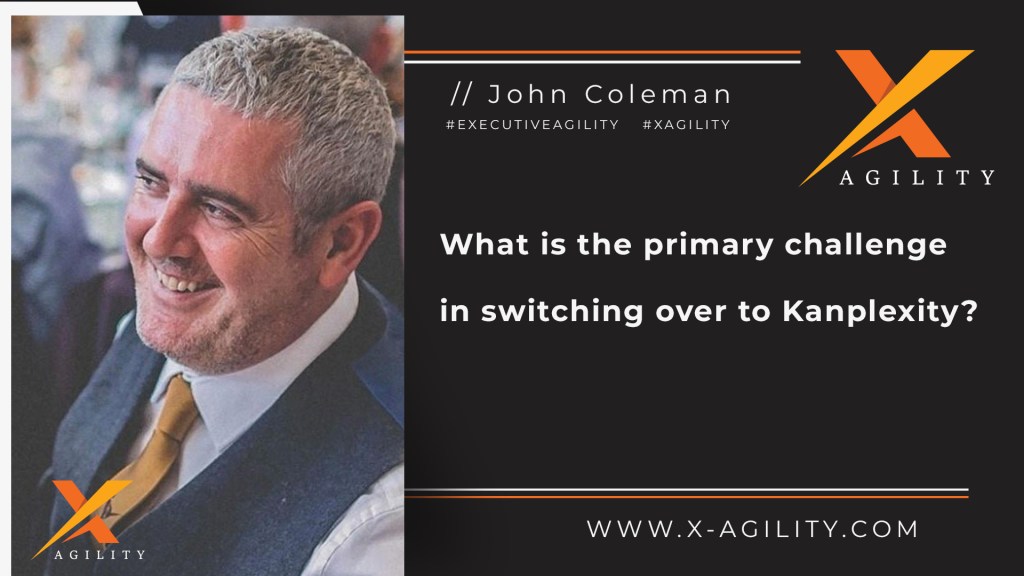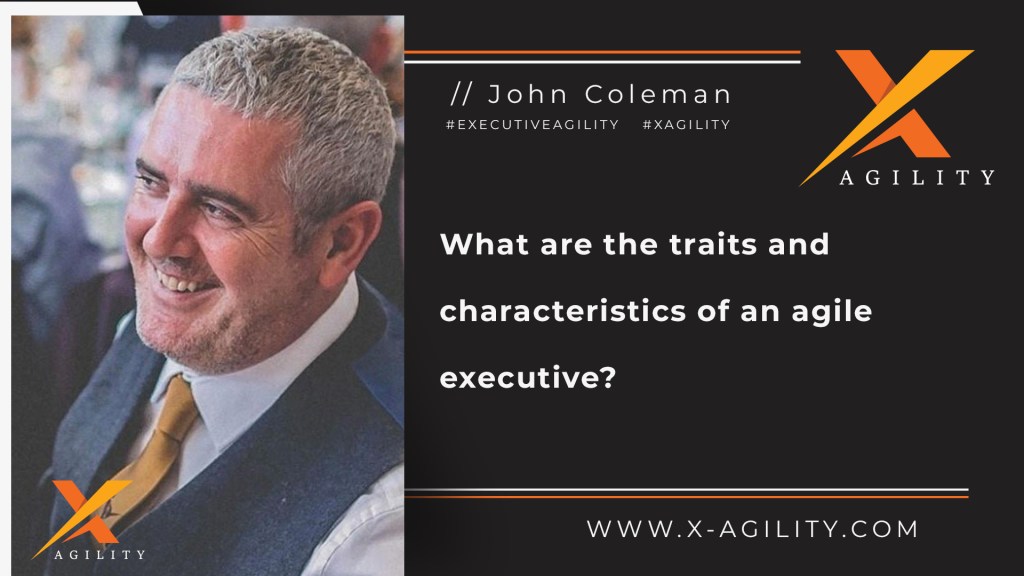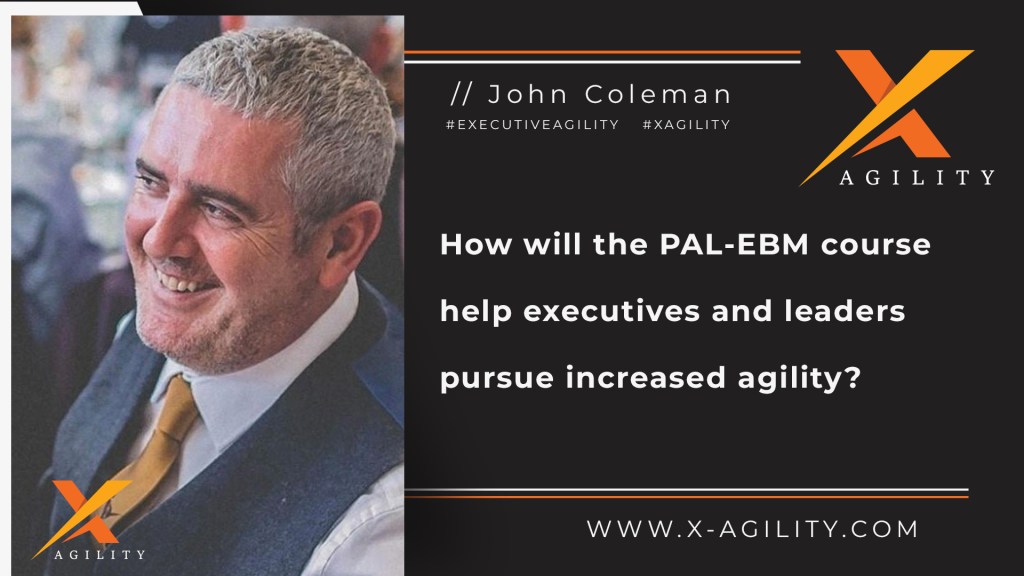What attracted you to executive agility and why do you think such a great need for it exists?
I do a lot of training, both certified and non-certified agile training, and I do a lot coaching and consulting. I help people with scrum, Kanban, LeSS (Large Scale Scrum), and other agile frameworks and practices.
Anything that helps teams and organizations acquire authentic, sustainable agility.
But, in my experience, regardless of how well a team adopt a specific agile framework and no matter how well they develop their agile capabilities, they struggle with several factors that are outside of their control and influence.
They simply need support from leadership and executive teams.
Remember, a lot of organizations have pockets of agility but are still operating in traditional, legacy-driven environments where the systems are not designed to facilitate agility.
Incentivising competition
Sometimes, that’s policies and procedures that make agility impossible whilst at other times, it may boil down to how executives and departments acquire resources. If it’s a competitive environment, in terms of resources and remuneration, there is little to no chance of collaboration or cross-function agility.
Department priorities
At other times, a department might have stronger sponsors and executive advocates than another. It may even be viewed as more important because it generates more revenue and opportunities than another department.
In those instances, that department’s priorities are going to supersede another department, even if the lesser department is more aligned with strategic goals and objectives for the organization. Even if that department significantly impacts customer satisfaction and retention.
If the priorities are not in synch with one another, the other department may not even care, let alone try to contribute once their priorities have been achieved. There’s simply no incentive to do so, and in some cases, it might be counter that department executives’ interests to do so.
The decision to change how things are prioritized, incentivized, and funded can only happen at the executive level.
Creating organizational agility
If we champion agile values and principles, we realise that we are speaking about individuals and interactions above processes and tools. We really want to create a humane environment where people can excel and thrive across departments and functions.
Leadership support requirements
As I train people, especially those who work at the coalface of customer value creation and service delivery, they wish that leaders would ask different questions.
They wish that leaders and executives would demonstrate different priorities and values.
Many of them wish that executives could be a part of the training and develop an understanding of why agility matters such a great deal, and how they could actively champion that transition to agility.
It made me realise that there are lots of training courses for individuals and teams. There are lots of books, articles, and thought leadership evangelists who help teams become more agile and increase their agile capabilities.
There is little to no training, resources, or dedication to helping leaders and executives.
They simply haven’t had the benefit of learning organizational agility in the context of being a agile leader or agile executive.
Much of the learning, skills development, and acquisition of knowledge for leaders comes from universities, colleges, and traditional management environments. They have learned how to manage things incredibly well, and many are highly skilled at execution, but in terms of organizational and executive agility, there has been very little to support or guide them.
That’s where I decided to focus my attention.
Agile dogma
One of the things that I have noticed about the few people who do offer executive agility training, coaching, or consulting, is that they are incredibly dogmatic. It is their way or the highway. It is their material and thought leadership or it’s rubbish.
As an agility chef that has spent decades working with teams, executives, and leaders in adopting agile and developing the kinds of behaviours, practices, and capabilities necessary to grow agility, I can tell you that there is no single approach.
It requires flexibility. It requires adaptation to your context and application. This framework might be great for that department, but this team requires a different framework and that needs to be adapted to suit the degree of complexity they are working through.
There are great schools of thought leadership outside of the agile community, such as David Marquet’s intention-based leadership, that are a great fit for agile executives and leaders.
I realized that I can help executives make sense of all the frameworks on offer, help them discern good from great in terms of agile thought leadership, and actively help them achieve organizational agility through executive agility training, coaching, and consulting.
I am passionate about executive agility and agile leadership because I have seen how significant an impact an agile executive can have on the teams, customers, and markets they serve. I have seen how executive agility can transform a workplace into a space of creativity, collaboration, and deep connection to purpose.
That’s why I do what I do.
About John Coleman
https://linktr.ee/johncolemanxagility – social and podcast links
https://linkpop.com/orderlydisruption – order training from right here
If you are interested in helping your team or organization achieve greater agility and want to explore agile training options, visit our training page.
If you value coaching and would like to work with a deeply experienced agile and executive coaching specialist, visit our coaching page.
If you are looking for an agile consultant that can help your leadership team identify an appropriate roadmap to organizational agility and take the most effective course of action in your agile transformation, visit our consulting page.
#agile #leadership #agileleadership #certifiedagileleadership #professionalagileleadership #psm #psm2 #scrum #scrumorg #xagility #executiveagility #xagility





